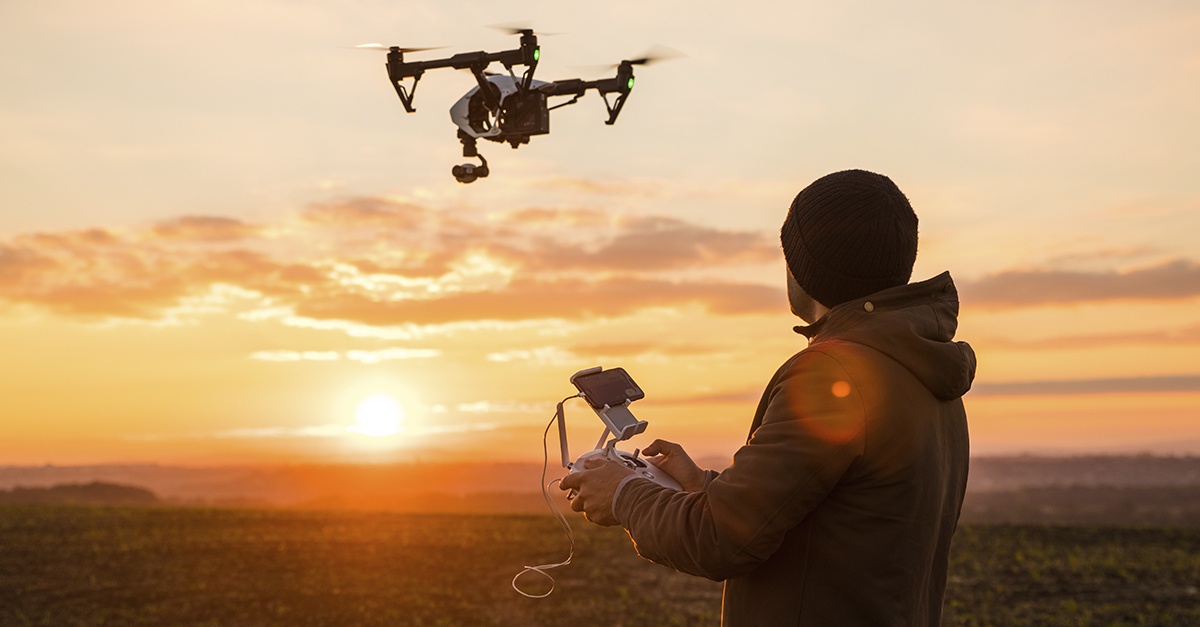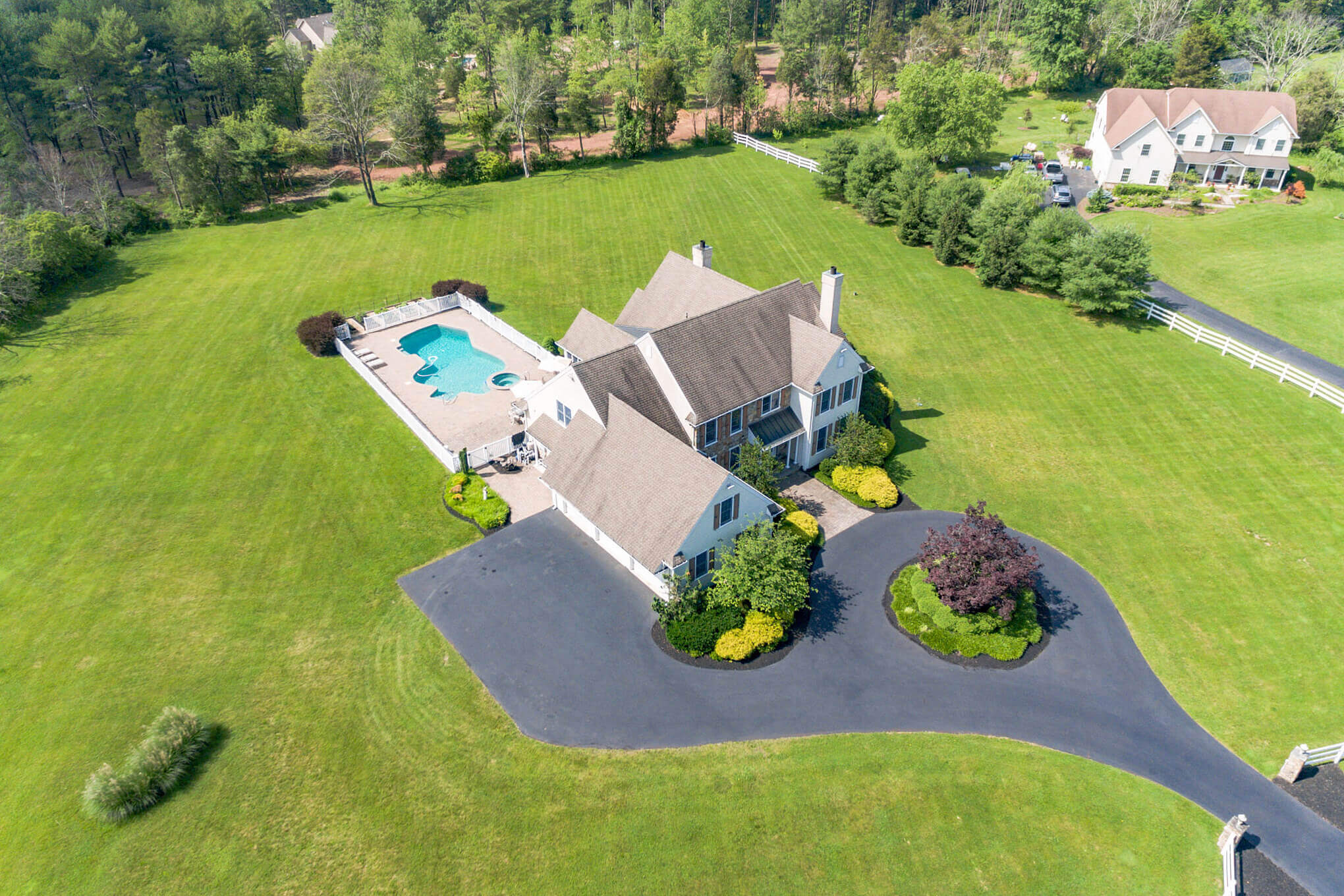Get the Best Views with a Real Estate Drone Photographer for Listings
Get the Best Views with a Real Estate Drone Photographer for Listings
Blog Article
Transform Your Point Of View: The Art and Science Behind Drone Digital Photography
Drone digital photography stands for a significant junction of creative vision and technological development, enabling designers to record perspectives previously unattainable. Recognizing the technicians of drone technology, from tools options to composition methods, is important for achieving engaging images. In addition, considerations such as lights and environmental problems can greatly affect the final end result. As photographers refine their abilities in both airborne technique and post-processing, they unlock a richer narrative capacity. What truly differentiates efficient drone photography from simple aerial snapshots? Exploring this inquiry exposes deeper insights right into the craft and its evolving landscape.
Recognizing Drone Modern Technology
Comprehending drone innovation is essential for any individual interested in utilizing its abilities for digital photography. Drones, or unmanned airborne cars (UAVs), depend on a mix of hardware and software application to accomplish trip and capture images. At their core, these devices are geared up with sensors, video cameras, and navigating systems that permit them to fly autonomously or be managed from another location.
The primary parts of drone technology consist of the trip controller, which offers as the mind of the drone, refining data from numerous sensing units to guarantee secure trip. Furthermore, general practitioner innovation plays an essential duty in navigating, enabling drones to comply with pre-defined trip paths and preserve their setting also in difficult problems.

In addition, comprehending the governing landscape bordering drone usage is essential, as it controls where and how drones can be run, guaranteeing security and conformity. Familiarity with these facets of drone innovation empowers digital photographers to maximize their imaginative possibility while adhering to lawful standards.
Crucial Equipment for Drone Photography
Choosing the right tools is vital for attaining exceptional lead to drone digital photography. At the heart of this setup is the drone itself, which ought to be selected based on trip security, cam top quality, and ease of usage. Popular designs usually feature built-in high-definition cams that catch magnificent aerial photos.
In addition to the drone, purchasing a premium electronic camera is important. Several drones come outfitted with cameras efficient in capturing in 4K resolution, yet for professional-grade outcomes, consider a drone that enables interchangeable video cameras or supports bigger sensors. This flexibility can significantly boost image quality.
Stabilization is an additional key aspect. A three-axis gimbal is advised for smooth video, lessening resonances that can detract from picture clarity. Added batteries and a reliable battery charger make sure prolonged trip time, enabling for more thorough shoots (real estate drone photographer).
Mastering Make-up Methods
Understanding composition methods is fundamental to elevating your drone photography from ordinary to remarkable. A well-composed picture records the audience's focus and conveys a powerful story.
One of the essential principles to think about is the regulation of thirds, which involves splitting your frame into a grid of nine equal components. Placing essential aspects along these lines or at their crossways develops aesthetic interest and balance. Furthermore, leading lines can assist the visitor's eye through the photograph, accentuating the subject and including deepness.
One more effective strategy is mounting, where natural environments such as trees or buildings encase the subject, boosting the prime focus. This method not just gives context yet also creates a feeling of affection within the scene.

Finally, constantly bear in mind the perspective line. A jagged horizon can detract and distract from an or else exciting photo. By grasping these structure techniques, you can dramatically improve the impact of your drone photography.
Illumination and Weather Condition Factors To Consider
In drone digital photography, the interplay of illumination and weather find here can dramatically affect the top quality and state of mind of your photos. Ideal illumination conditions are important; the golden hours-- shortly after dawn and before sunset-- use soft, diffused light that boosts colors and minimizes severe darkness. During these times, the landscape shows up extra vibrant and dynamic, enabling impressive aerial shots.
Alternatively, cloudy skies can produce a flat, muted combination, yet they can likewise offer even lighting that lowers comparison and highlights information in the setting. This can be beneficial for capturing appearances in metropolitan settings or intricate patterns in nature.
Climate conditions, such as fog, rainfall, or snow, can likewise include special elements to your digital photography. Haze can produce a sense of secret, while rainfall can improve colors and saturate the landscape. Nonetheless, it is important to consider the safety of your drone; flying in unfavorable weather can bring about tools damages or loss of control.
Inevitably, recognizing just how lights and weather condition influence your airborne shots enables you to choose the suitable problems for your drone photography, ensuring aesthetically striking and compelling pictures.
Post-Processing Idea
After capturing spectacular airborne images, the next step includes refining those shots with post-processing. This essential stage enhances the visual influence of your photos, enabling you to highlight the unique viewpoints that drones offer.
Beginning with software devices like Adobe Lightroom or Photoshop, which use durable modifying capacities. Begin by remedying direct exposure and white balance to guarantee that your colors appear realistic. Make use of histogram checks to accomplish ideal illumination degrees, staying clear of too much exposure or loss of information in darkness.
Following, improve contrast to add deepness to your photos. Changing clarity can hone crucial over at this website information without introducing noise, which is specifically beneficial in airborne shots where texture plays a substantial role. Don't avoid cropping; this can assist focus the audience's interest on the major subject.
Shade grading is one more powerful device. Try out saturation and vibrance to make the landscape pop, but you can try here use these changes deliberately to keep an all-natural look. Finally, consider applying a mild vignette to guide the audience's eye towards the facility of the picture. By grasping these post-processing methods, you can elevate your drone digital photography to brand-new elevations.
Final Thought

What really identifies effective drone photography from plain airborne snapshots? Numerous drones come outfitted with cameras qualified of capturing in 4K resolution, but for professional-grade results, consider a drone that enables for compatible electronic cameras or sustains larger sensing units. By mastering these make-up techniques, you can substantially enhance the impact of your drone digital photography.
In drone photography, the interplay of lights and weather can dramatically influence the quality and state of mind of your images (aerial photographer spokane). By understanding these post-processing techniques, you can raise your drone digital photography to new heights
Report this page